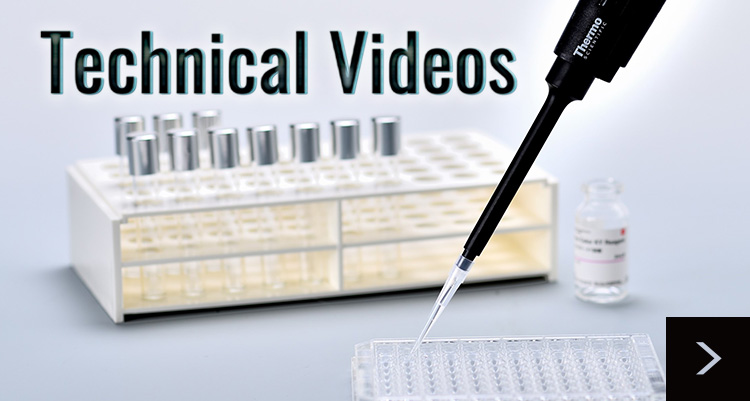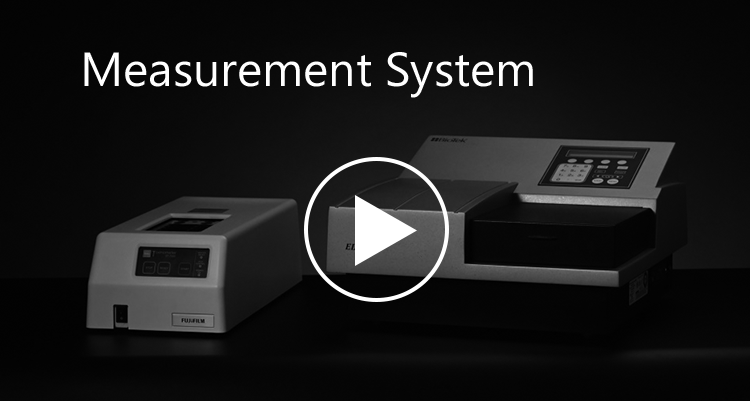Contribution to Measurement Technology
- Acquisition of FDA approval
Endotoxin is a potent toxin contained in cell wall components of Gram-negative bacteria. Since it brings about the fever or lethal shock when entering the blood of a person, it is necessary to confirm that medicines are not contaminated with endotoxin. We have strived to evolve the endotoxin measurement technology by manufacturing lysate reagents and developing the measurement system"Toxinometer", and supported medicines from behind for over 30 years.
From the import and sales of lysate reagents to the development of endotoxin measurement system

Initially, the rabbit pyrogen test was used for the endotoxin test method. After injecting the sample into the rabbit, the amount of endotoxin contamination was measured from the increasing degree of its body temperature. However, with this test method, there were drawbacks such as taking time to get results, being unable to maintain the reliable results because of using animals.
In 1956 in the United States, F.B.Bang discovered a phenomenon that the blood of horseshoe crabs solidified in a gel state with endotoxin, and then the endotoxin measurement reagent (Limulus reagent, renamed as lysate reagent later) prepared from the blood extract of horseshoe crabs and "Gel-clot technique" using this were developed. Gel-clot technique were listed in the US Pharmacopoeia in 1980, but we also began importing and selling the reagent prior to this. However, in the gel-clot technique, problems remained such as being the semi-quantitative method and the judgment accuracy depending on the proficiency of the measurer.
We challenged to solve these problems, then in 1985, developed the measurement method "Turbidimetric time analysis method" based on the different principle from the conventional one and released its measurement system "Toxinometer" for the first time in the world. At the same time, in the United States, ACC company (Associates of Cape Cod, .INC) developed a system using the same measurement principle. In response to this situation, the turbidimetric time analysis method was listed in the US FDA Guideline in 1987.
Currently, Toxinometers corresponding to the turbidimetric, chromogenic and gel-clot technique are provided along with numerous reagents. Meanwhile, also offering "MPR Endotoxin Measurement System" corresponding to the chromogenic and turbidimetric techniques using plate readers, we are contributing to the safety of pharmaceutical production and quality control of pharmaceuticals as a pioneer of endotoxin measurement.
Making efforts to disseminate endotoxin measurement technology
Currently, three endotoxin test methods, gel-clot technique, turbidimetric technique and chromogenic technique are listed in the pharmacopoeia. There are various test methods such as β-glucan measurement and peptidoglycan measurement (SLP-HS Single Reagent Set Ⅱ) in addition to the pharmacopoeia, and there are precautions in conducting each test method.
For example, in the endotoxin test, the careful attention is required for containers to be used, test water, etc. In the case based on the Pharmacopoeia the implementation of the preliminary and quantitative tests are stipulated. The method of adding the endotoxin and how to find the Maximum Valid Dilution may be difficult for the beginners. On the other hand, the samples have many variations. The measurement method must be appropriately adjusted according to the properties of samples hardly soluble/insoluble in water, or the subjects such as animal blood and culture medium, and in some cases, the ingenuities not described in the manual are actually required.
Establishment of the FDA approved plant and development of the world's only specific reagent for endotoxin
The world's first lysate reagent was developed in the United States, and we initially handled only imported items from the United States. As the market expanded and the needs of reagents increased, we established a plant in the United States. First of all, we bought Hemakem Inc. in St. Louis in 2003 and made it a foothold for entering the United States. After that, we built a new plant in Richmond, received FDA approval, and began shipping reagents. Incidentally, the endotoxin specific reagents with FDA approval are only our products worldwide.
Also, there is a convenient single type reagent that is lyophilized in a test tube beforehand and can be measured simply by putting the sample. Even in this category, the company having the endotoxin specific reagents with FDA approval is only us in the world.
As described above, our company, which has been involved in endotoxin reagents for more than 30 years and making efforts on the improvement of measurement methods and the development of "Toxinometer", has tried hard to develop the pharmaceutical industry and others, as one of pioneers of endotoxin measurement.



